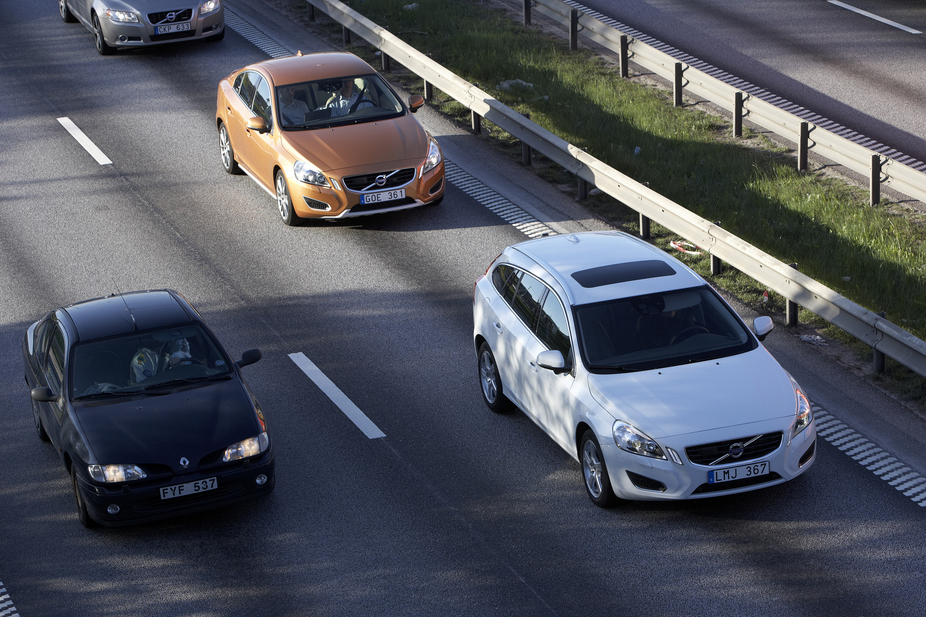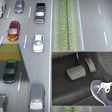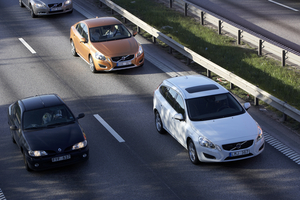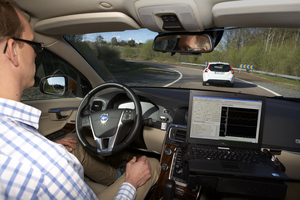|
Send this page to a friend! Fill in the form bellow | ||
news
Volvo Working to Be Safest Car Brand by 2020
Volvo VolvoSweden, 1927 > present49 models
VolvoSweden, 1927 > present49 models
4535 photos
6 videos
has a goal that no one in one of its cars will be killed or significantly injured in a car accident by 2020. Volvo's Senior Safety Manager says that the company is on track to achieve the goal. It currently has three safety initiatives: autonomous driving support, avoiding accidents at intersections and avoiding collisions with wild animals.
"We are taking clear steps in the right direction. We have a number of research projects with the aim to develop technologies for future Volvo models. For us it's quite simply a matter of creating technology that provides the driver with the right support at all times," said Jan Ivarsson, Volvo Senior Manager Safety Strategy.
Volvo has also been working with research institutes to understand drivers better. Three studies in the US found that drivers spend between 25% and 30% of their time on the phone or using communications equipment.
Like Ford FordUnited States of America, 1903 > present92 models
FordUnited States of America, 1903 > present92 models
2522 photos
11 videos
, Volvo is working on technology that would allow the car to drive itself in low speed traffic. The steering, brakes and throttle would all be able to respond automatically.
In Europe 20.6% of fatal accidents took place at intersections in 2006, and it was 21.5% in the US in 2007. Volvo is working to reduce the accidents by braking automatically if it senses an accident coming from the side.
Finally, Volvo is working to reduce animal collisions. It has found that there were 47,000 animal collisions in Sweden in 2010 and 40,000 in Canada. Animals are also a major cause of accidents in the US and Scandinavian countries. Volvo found that in Scandinavia, 23% of fatal accidents when drivers swerved to avoid animals on the road, mostly elk.
"The technology is a further development of our pedestrian protection system. Considerable attention has been focused on ensuring that the system works in the dark since most collisions with wild animals take place at dawn and dusk," said Andreas Eidehall, Technical Expert Active Safety at Volvo.
The system is retuned to look for animal shapes and respond to them. For now the system can only identify large animals.
The falling costs of the sensors and cameras that make these systems possible means that Volvo will be able to make them standard in all of their vehicles eventually. It believes that it will achieve its 2020 goal.
Encyclopedia |
- More "Safety and Technology" articles
- Audi shows piloted driving on the 19th
- Audi Updates Quattro Concept with Laser Headlights for CES
- Audi Considering Electric City Car to Take on BMW i3
Contribute
more about Volvo



latest news












